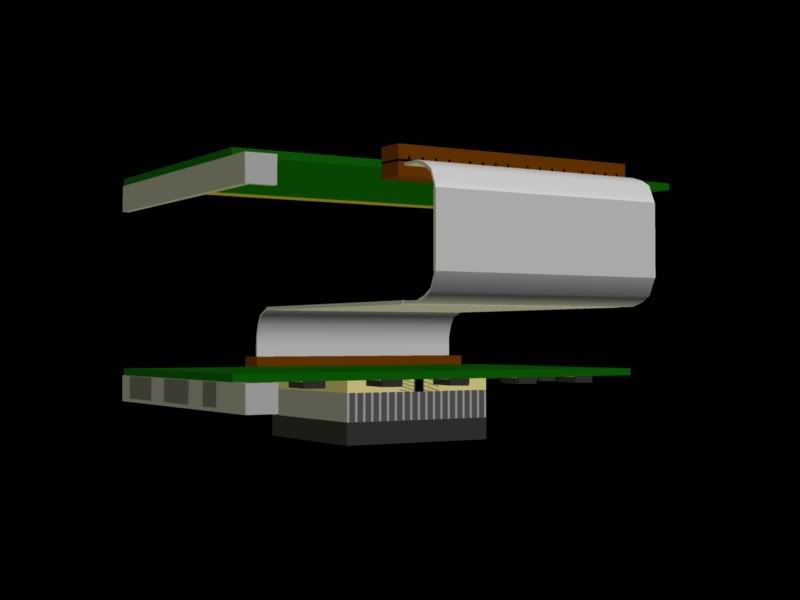AaronP
[H]F Junkie
- Joined
- Jan 13, 2005
- Messages
- 11,527
http://www.newegg.com/app/ViewProductDesc.asp?description=13-138-249&depa=1
Can anyone tell me what in the world XGP is! Is it just like AGP and them renaming it or did I completely miss something here?
Can anyone tell me what in the world XGP is! Is it just like AGP and them renaming it or did I completely miss something here?
![[H]ard|Forum](/styles/hardforum/xenforo/logo_dark.png)
